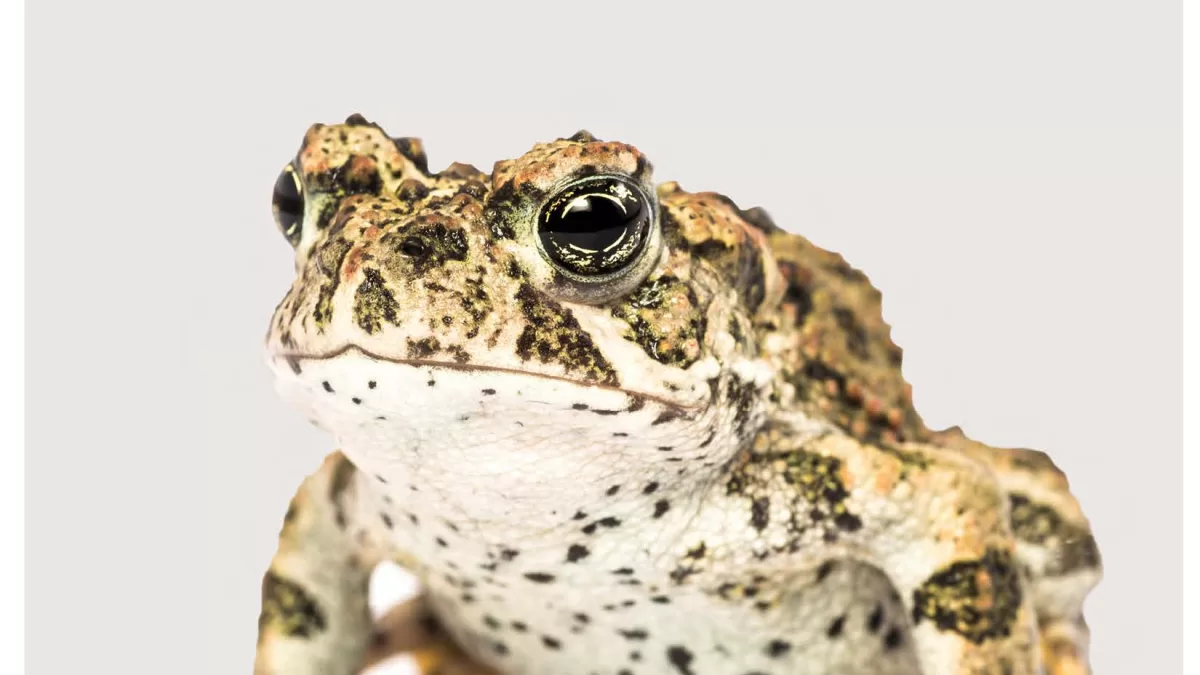ON THE COVER:
It’s a good year for the humble toad! All amphibians are increasingly under threat from habitat loss, extended periods of drought and climate change, but the heavy rains in January created ideal conditions for Anaxyrus borea, the Western toad (our resident species in the Santa Monica Mountains is technically Anaxyrus boreas halophilus, the California toad). Listen for its birdlike call, sometimes described as sounding like a squeaky hinge, and keep an eye out for its eggs—long strings of tiny black beads in shallow water at the edges of pools and streams. As tempting as all of that water is for humans and canines, the best thing we can all do for native amphibians of all kinds is stay out of it, and make sure yard runoff, construction debris, and chemicals stay out of the watershed. A toad in the garden is said to bring good luck, the least we can do is return the favor. Cover design by Urs Baur
We have exciting news here at Topanga New Times. We are introducing our first ever audio content this week: easy to download and listen to audio versions of some of our most popular features and columns, with more to come. Look for our new content online at www.topanganewtimes.com. We are also planning our first ever series of live salon events that will offer informal, in depth conversations with our contributors and some special guests. Look for more details in the next issue of TNT!
The California Department of Fish and Wildlife recently announced a $4.9 million grant to the Resource Conservation District of the Santa Monica Mountains to help facilitate a complex, ambitious, multiyear restoration project at the Topanga Lagoon. It’s a project that is shared by Fish and Wildlife, the State Coastal Conservancy, California Department of Parks and Recreation, and Caltrans. The grant money will be used to develop technical studies, environmental review and outreach.

The Topanga Lagoon is an essential part of the third largest watershed in the Santa Monica Bay, and part of an ecology that is critically important to a wide range of native plants and animals, including amphibians like the toads that are the cover story for this issue. Many of these species are threatened and endangered.
The reason why there is a watershed to protect and a lagoon to restore at the mouth of Topanga Creek, and not a concrete channel flowing through condominiums and strip malls is tied to a story in the national news.
The news went out this week that Jimmy Carter’s family is asking for prayers as the 98-year-old former U.S. President enters end-of-life hospice care. James Earl Carter Jr. served as the 39th president of the United States from 1977 to 1981. He will always hold a special place in the hearts of local conservationists, because he supported and signed into law the congressional act that created the Santa Monica Mountains National Recreation Area in 1978. There have been several times in the turbulent history of our backyard National Park when that signature and what it stands for was the only thing preventing the park from being dismantled and the mountains turned into an extension of the San Fernando Valley’s urban sprawl.
In 2016, the former president was awarded the title of honorary national park ranger by then National Park Service Director Jonathan Jarvis. It’s the highest civilian honor awarded by the agency, and it is reserved for individuals whose contributions to the National Park System are exceptional, and that’s exactly the word that defined Mr Carter’s commitment to conservation.
The former president only served one term in office, but during those four years, he created 39 National Park Units, established permanent protections for more than 56 million acres of wilderness in Alaska, and signed two two key National Recreation Areas into law: the Chattahoochee River National Recreation Area in his home state of Georgia and our own Santa Monica Mountains National Recreation Area. Both of these parks were predicted to fail before they even began because they were in urban areas instead of unspoiled wilderness.
Today, Santa Monica Mountains National Recreation Area is the largest urban national park in the country and one of the most highly visited anywhere. Its patchwork of local, state, and federal open space has become a model for other parks around the world, and it continues to slowly grow, as missing pieces are added to this crazy quilt of mountains, canyons, and coastline.
Jimmy Carter never spent time in the Santa Monica Mountains beyond a flying visit or two, but he sided with the activists who argued that the mountains and the natural resources they contained were more valuable as a park than the golf courses, freeways and housing tract developments that real estate interests were lobbying for.
There was tremendous opposition to the creation of the Santa Monica Mountains National Recreation Area, but Jimmy Carter wasn’t swayed. He believed that our mountains were worth preserving, and his signature on that piece of paper has helped stave off numerous challenges, including the concerted efforts of the next administration to unmake the park.
“Before I became President I was already deeply committed to the outdoors,” President Carter stated at the ceremonial event in 2016. “I am very proud to have been an integral part of the conservation movement.”
Amen to that. Thank you, Mr President.
Stay safe, be well.













